Summary: Meshing or bisecting a piece of area into cells is usually the basis for the distribution of pre-hospital emergency resources (such as emergency stations and emergency vehicles), ie the prehospital homogenization model. So far, the realization of first aid resource coverage based on the homogenization model is still the basic ideological foundation for understanding pre-hospital issues. The pre-hospital department of Shenzhen Bao'an People's Hospital was mainly used as an observation object. Through the analysis of pre-hospital emergency space big data, three spatial data features of pre-hospital emergency care were proposed, namely: non-uniform features, relatively stable features, and individual differences features. Pre-hospital care and better grasp of pre-hospital care provided new methods and new decision-making basis. The key point is to propose a pre-hospital heterogeneous relative stable model modeling method based on pre-hospital non-uniform relatively stable characteristics, and to use planning mathematics to explore the optimal calculation and distribution of pre-hospital hospital sites. 0 Preface Pre-hospital emergency care involves an extensive pre-hospital area. Until now, research on the characteristics of spatial data for pre-hospital emergency care has been largely blank. This situation is incompatible with the rapid development of pre-hospital emergency services. In fact, it is not only necessary to master the pre-hospital emergency traffic volume data, but also to understand the distribution status of the first medical contact (First Medicine Contact, FMC) in the pre-hospital emergency, so as to fully disclose the pre-hospital work characteristics. 1 Acquisition of Big Space Data Pre-hospital care covers primary site relief (BLS) at the onset of illness and advanced relief (ALS) provided by the FMC after the ambulance arrives. In the case of ambulances, ambulances can be understood as a medical unit in the emergency department. It contains a number of variables such as medical staff status information, patient information, medical equipment information, and vehicle environment information. All these variables can be Summarized as three major variables, namely, people, objects, cars, respectively, represented by X1, X2, X3 [5-6]. Intelligent vehicle-mounted smart sensors are used to intelligently modify the emergency vehicle, ie, the variable group [X1, X2, X3] can be obtained and transmitted to the cloud computing server via the mobile Internet (4G) to form an IoT network. The cloud server is based on artificial intelligence. The meta-model performs filtering and weighting calculations on each variable, and transmits the medical device data to the emergency department in real time. The system architecture is shown in Figure 1. In such a cloud computing architecture system, the general emergency vehicle has become a cloud-supported smart car that automatically realizes the emergency travel time data recording (such as FMC2D time, etc.), automatically tracks the vehicle operating environment status, and transmits real-time transmission of patient's physical sign data on the vehicle. Real-time transmission of on-board video images and inquiry voice information. This architecture model also lays the foundation for the further development of ambulance intelligence, such as smart tracking and intelligent driving. Figure 2 shows the screenshots of the identification records of the time-saving node of the emergency rescue treatment chain. These pre-hospital data provide relevant evaluation basis for the management of the pre-hospital process and improving the clinical prognosis of first aid. The computing system adopts the B/S architecture and is convenient for connecting with hospitals, emergency centers, and individual user applications at all levels to achieve resource sharing and is conducive to the expansion of the low-cost construction of the emergency medical emergency system. This paper focuses on the superposition of pre-hospital FMC time and FMC spatial location data. Through observing these data, the purpose of studying pre-hospital emergency spatial data characteristics is studied. 2 pre-hospital emergency FMC hot zone chromatographic analysis Based on the intelligent light-renovation of emergency vehicles and the application of cloud computing on the Internet, the FMC hot-field chromatograms based on the electronic geographic information system (GIS) can be realized through the accumulation of FMC spatial data. Figure 3 shows the hot field chromatogram of the emergency data of the Department of Emergency Department of the People's Hospital of Bao’an District, Shenzhen. From the pre-hospital FMC hot-zone chromatogram of Figure 3, Baoan Hospital's emergency hotspot focuses on the second and third quadrants. Figure 4 shows the distribution of first-aid FMC hot-field chromatograms for another emergency unit for two consecutive months. It is clear that the pre-hospital emergency hotspot of this unit is more focused on the first quadrant. From the above observations, it can be seen that the FMC emergency hot zone distribution is not uniform, and the pre-hospital emergency needs of a region vary according to the distribution of social attributes in the region, with uneven hot and cold regions, and Figure 5 is based on the hot zone map. The schematic diagram of the area grids, it is clear that the gap between the hot and cold first aid in each grid is obvious. This phenomenon can be explained by the concept of “genomics†data from precision medicine. The concept of histological data has been transformed into features of urban regional function and population distribution in the study of pre-hospital emergency spatial data. That is to say, regional functions (administrative function, industrial function, etc.) and population distribution are different from their corresponding pre-hospital emergency resource requirements. Therefore, the non-uniform characteristics of the distribution of the first aid hot-field chromatogram are generated, that is, different regions have different macro "custom" behaviors, thus forming a unique pre-hospital personal macroscopic "omics gene" data feature [9-10 ]. In summary, the three data features of the pre-hospital emergency small sample study are as follows: (1) Inhomogeneity characteristics: Pre-hospital emergency in a certain range is a spatially non-uniform distribution process; (2) Relatively stable characteristics: The pre-hospital emergency in some regions is relatively stable. This phenomenon will provide data basis for quantitative analysis of regional emergency needs; (3) Individual differences: Different hospitals (sites) have different thermal distributions. The above three characteristics provide a certain basic material for recognizing the pre-hospital emergency and more accurately grasping the pre-hospital emergency decision-making model in the future. At the same time, it also proposes a new perspective for pre-hospital emergency observation. This article focuses on describing the application of non-uniform relatively stable features. In Figure 3, it is also found that the circled area indicated by the arrow is for the first-aid FMC site in Baoan Park. They are distributed in the park entrance area in an orderly manner. This phenomenon reminds people to put emergency supplies in public places (such as the setting of AED equipment). ) As far as possible, they should be arranged in a particularly prominent public area such as the gate, as shown in Figure 6, and should not be evenly distributed in public places. 3 The application of pre-hospital emergency non-uniform relatively stable model Uniform distribution of pre-hospital emergency resources by region is a routine decision-making method with constant pre-hospital work habits, including uniform distribution of emergency stations, emergency vehicles, and personnel and material distribution. However, the actual situation is that the “average†pre-hospital work decision-making model often makes the pre-hospital emergency resources in an awkward situation of “supply beyond supply†or “supply oversupplyâ€. It is actually difficult to solve this problem by continuously increasing investment in such situations. , and even the opposite will bring greater waste. This raises the issue of differentiating pre-hospital emergency care patterns and ways to resolve differences. The pre-hospital non-uniform relatively stable distribution feature provides a data basis for the consideration of differential prehospital emergency issues, making it possible to discriminate based on regional differences in the status of hot and cold differentiation, that is, according to different regions of different "calories" quantitative calculation of emergency needs in various regions "strength". At the same time, it is also possible to quantitatively analyze the "center of gravity" of each emergency demand area and quantify the "demand distribution" of regional pre-hospital emergency care. The practical use of pre-hospital emergency data features is illustrated below in two specific applications. (1)Efficient establishment of a grid-based primary ambulance team in Bao'an District In order to provide early-stage cardiopulmonary resuscitation for critically ill patients (such as patients with sudden cardiac arrest), Shenzhen Baoan District began to build a social team with primary rescue skills based on the existing gridded regional administrators. Through the implementation of CPR skill training, the coverage of primary ambulance teams in Bao’an District will be achieved. The question here is how to build this team efficiently and quickly so that it can play its due role. If the training is carried out from the top to the bottom and from the left to the right according to the original uniform grid distribution model, one can imagine that the result of doing so is to invest a large amount of work but only to obtain a low-speed and low-efficiency. To advance the results, half the effort. Applying an inhomogeneous relative stability model within the area to solve the coverage problem quickly can provide immediate results. Taking Bao'an Hospital's pre-hospital thermal map as an example, as shown in Figure 7, if hot-area grid staff training is given priority, more than 80% of the emergency coverage needs can be reached in a relatively short period of time, as shown in Figure 7. Line grid domain. Therefore, such working methods based on spatial big data decisions will greatly improve their work efficiency, and they will get twice the result with half the effort! (2) Optimal emergency hospital site deployment plan Here only from the perspective of optimization to observe the matching relationship between regional emergency needs and emergency resources. As shown in Fig. 8, the emergency hot zone is firstly segmented, and the prehospital non-uniform model shown in Fig. 9 can be obtained with the center of gravity of the block as the center. In the figure, Sj (j=1, 2, ..., 10) Represents the emergency hot zone block center point. Figure 10 shows the spatial distribution of all hospitals in the region relative to the emergency hotspot. hi (i=1, 2,..., 12) represents the hospital site distributed within the emergency area, showing the correspondence between pre-hospital emergency needs and supplies. To achieve optimal efficiency supply coverage, that is, how to use the minimum hospital site to meet the emergency coverage requirements. Here we set the 1-0 variable xij = [1, 0] (when hi assumes 1 in the first aid zone of Sj, and vice versa 0), then the mathematical model of the overall minimum distance cost Z of the supply system according to Figure 10 is: In the formula, i=1,...,12; j=1,...,10; Cij is the distribution distance value of the hospital relative to the first aid point. The detailed solution process of formula (1) is not described here tediously. Only the system problem based on the system problem shown in Fig. 10 under the principle of the shortest total distance is optimally planned for the hospital site distribution as H=[h2,h5,h6,h11]. . From FIG. 11 , it can be seen that in the 12 hospitals in FIG. 10, the four hospitals in FIG. 11 are selected to achieve the emergency needs coverage in the region of FIG. 8. According to the "calorie" of each point Sj, the amount of tasks that each hospital should bear can be further given. According to the amount of tasks, it can also quantitatively plan the specific equipment vehicles, specific equipment, and drug distribution [9-10]. The above optimization calculation process briefly illustrates the planning and matching calculation of the optimal emergency medical resources based on the pre-hospital non-uniform relatively stable feature model. It is worth noting that from the perspective of the construction of emergency departments in our country, concentrating the limited resources on several key hospital departments is more conducive to highlighting the effect of model building, and promoting the development of emergency medical services in the entire region. Applying the planning mathematics method to the differential pre-hospital emergency can form a new pre-hospital emergency first aid methodology system, so as to promote the progress and development of the big emergency first aid theory system. It should be noted that, according to the pre-hospital chromatogram cloud observed in Figure 5, its edge distribution will actually change over a period of time. Therefore, the optimal pre-hospital resource allocation decision also needs to change accordingly. The differentiated pre-hospital emergency mode is the requirement of The dynamic process of supplying optimal matching is also the auxiliary decision-making process of the computational service system that continuously iteratively calculates. 4 Conclusion In this paper, the pre-hospital model of Shenzhen Bao'an People's Hospital was studied and discussed in the pre-differential pre-hospital emergency treatment. It was hard to avoid the shortcomings. As everyone knows, “pre-hospital†is a complex field, and it needs more in-depth work to discover its laws and provide more theoretical basis for practical work. We look forward to starting more cooperation with the emergency first aid staff to promote further advancement of the pre-hospital work in China. Varistor Capacitor Module YANGZHOU POSITIONING TECH CO., LTD. , https://www.cnfudatech.com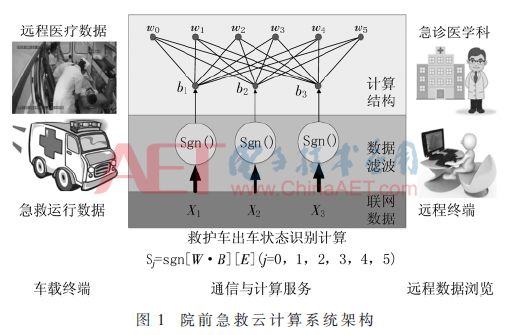

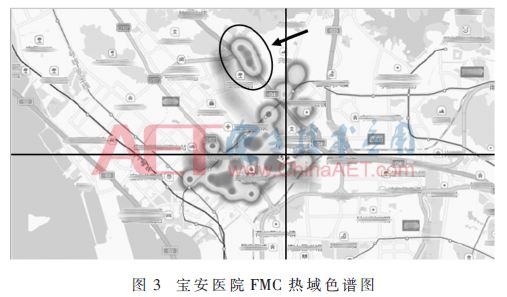
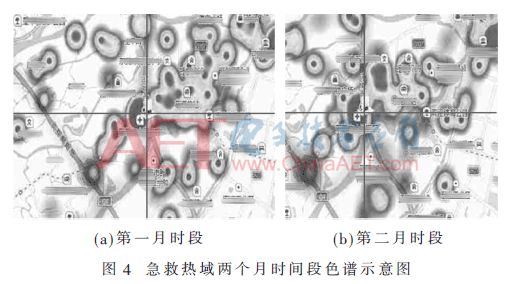
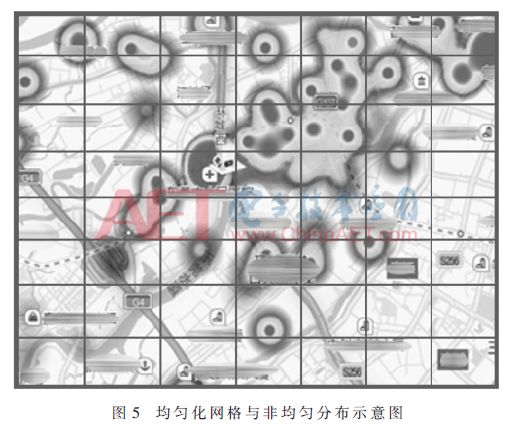
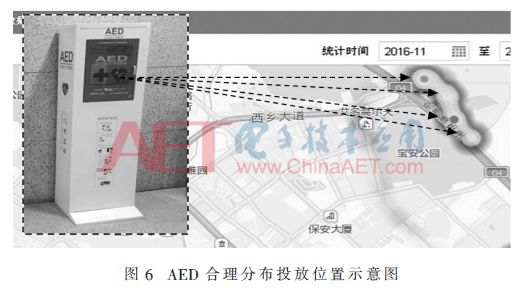
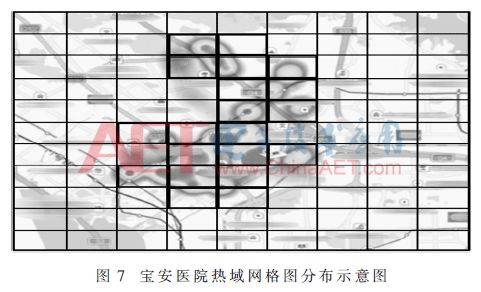
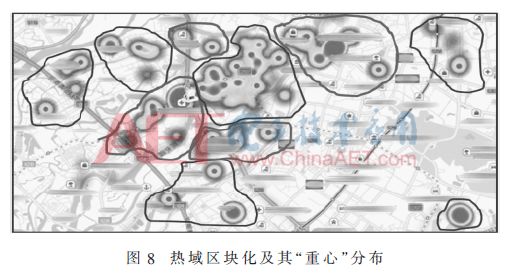
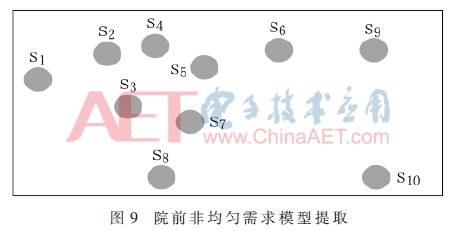
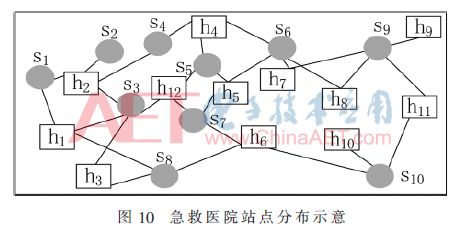


February 20, 2024